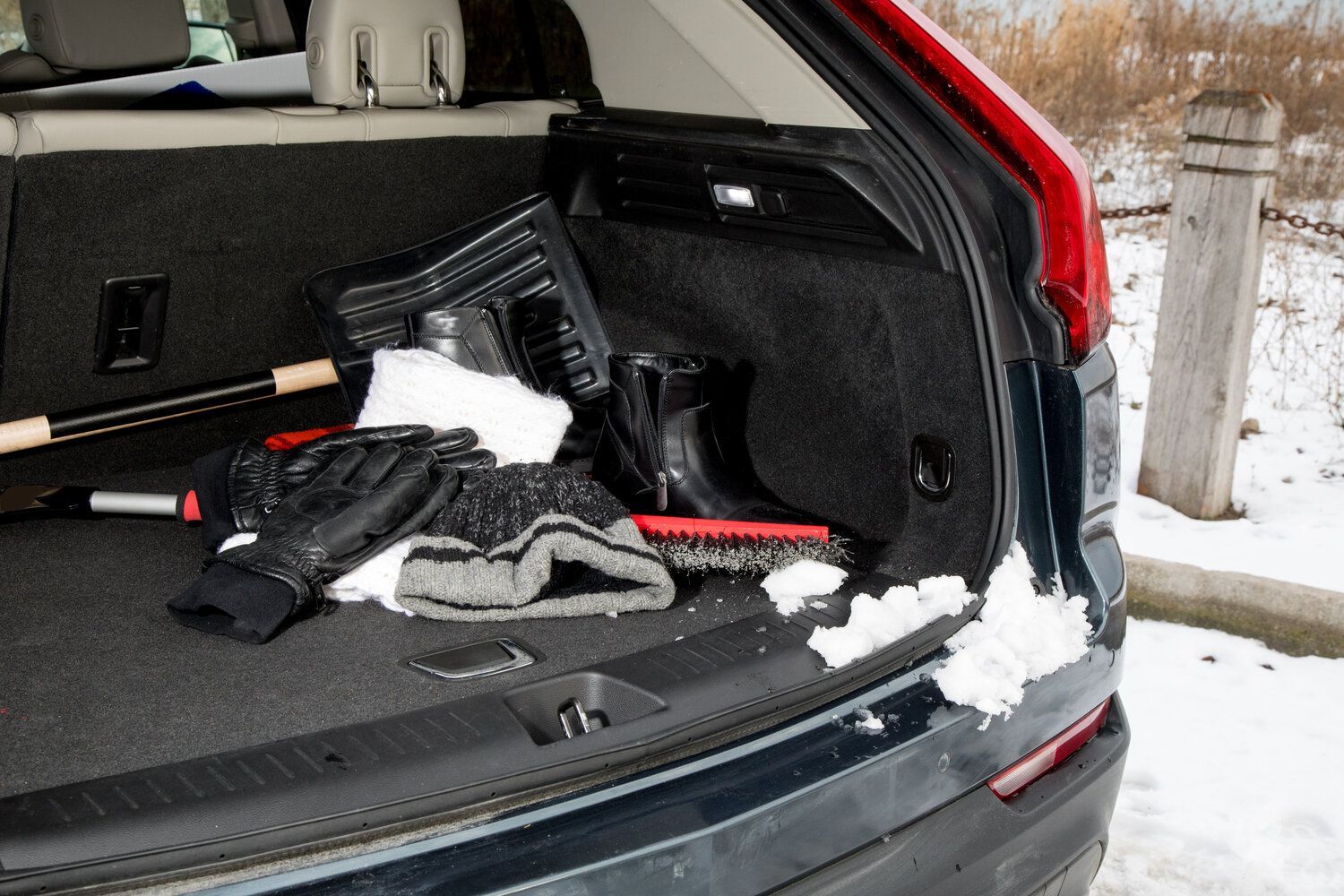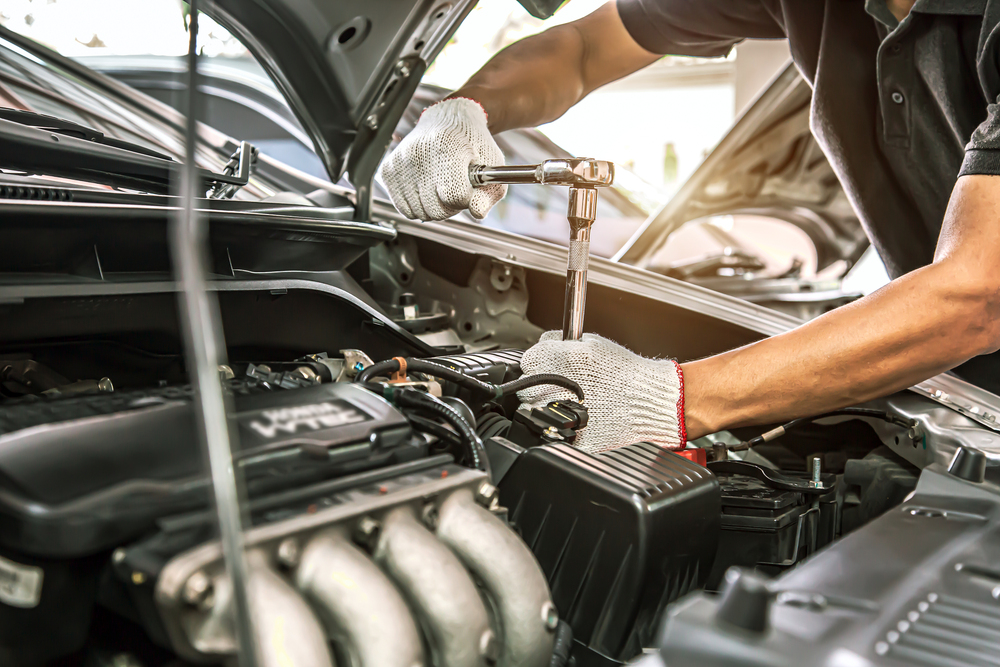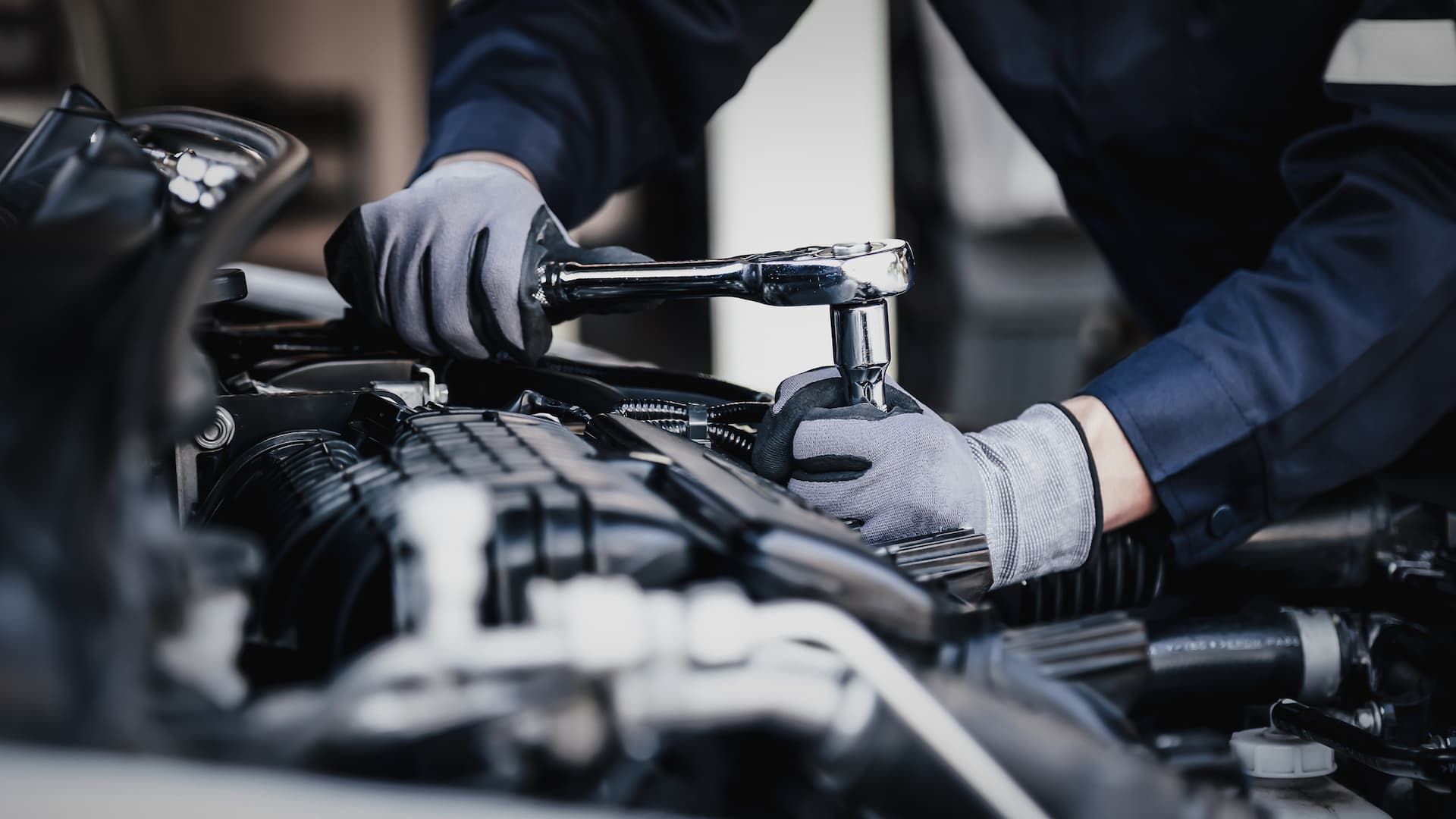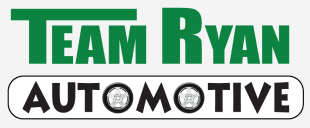How To Make a Winter Emergency Kit For Your Car

Living in the south, some may say that a winter emergency kit is not necessary, but we say it’s better to be safe than sorry. Although we don’t see snow often, it can still happen, and when it does, we want you to be the safest you possibly can. A winter emergency kit can make that happen. Besides, wouldn’t you rather be enjoying a wintery wonderland with your family than stuck on the side of the road? We know we would, and we have the tools and tips to ensure you spend all of your snow days either building snowmen or sitting by the fire.
WHAT TO INCLUDE IN YOUR WINTER EMERGENCY KIT
-
Snow Shovel: The moment snow falls in Georgia, it tends to have this idea of Go Big or Go Home. Georgia snow doesn’t typically like to do anything by halves. In those cases, it’s important to be prepared. A snow shovel helps you get your car out of any snow pile surrounding it, or it can also keep your car from becoming buried beneath snow if you’re waiting for help to arrive.
-
Windshield Scraper and Brush: Has anyone ever tried scraping your credit card against the windshield to remove all the built-up ice? Well, while that may work, it probably isn’t the best method (or the most financially conscious). During the times where you’re just trying to get to work, a scraper and brush is much more effective and efficient at removing ice from your windshield first thing in the morning. That way, you won’t spend an extra 30 minutes waiting for the ice to melt so you can drive safely.
-
Battery Jump Starter: To a car battery, cold weather can be its kryptonite. When that happens, avoid waiting on someone for a jump start and use a portable battery jump. We want to help get you on the road as soon as possible!
-
Tactical Flashlight: An emergency kit just wouldn’t be properly equipped if you didn’t have a bright flashlight. Keep in mind, most smart phones do come equipped with flashlights, but it would be handy to have a backup around in case your phone dies or so you don’t drain the battery. Keep an extra pair of batteries handy in case the flashlight dies as well.
-
Portable Phone Charger: We hope this never happens, but we do just want to prepare you for any scenario possible. If you find yourself stuck on the side of the road with a dying phone, it would be useful to have a portable phone charger with you. You can find these just about anywhere from Best Buy to Walmart, and they should have USB ports which can be used with Apple and Android chargers. Most newer cars do have a charging/USB port available, but if your battery suddenly dies, a car charger will become ineffective. The more basic portable chargers can give your phone 30 minutes of life which is plenty of time to make a call for help. (You can also look into a charging case, but those tend to run a little bit pricier, and there is a chance it could harm your phone’s existing battery life.)
-
Portable WiFi Hotspot: A dead area may not offer enough service for you to make a call for help. In that case, enable WiFi calling on your phone* and turn on a portable hotspot, and that will allow you to make any calls you need to.
-
Helpful Tip: Android and iPhone hotspots are great, but they rely on surrounding 4G/LTE networks, which isn’t helpful when you’re stuck in a dead zone. You also cannot connect your phone to its own hotspot signal. Most portable hotspots are different because they rely on a built-in 4G/LTE network, which allows for WiFi connectivity.
-
-
Water: Keeping hydrated no matter the season is always important. We recommend always carrying an environmentally sustainable water bottle with you no matter where you go.
-
Helpful Tip: Plastic water bottles can introduce harmful BPA chemicals into your system, so it’s best to avoid those altogether. Reusable water bottles are not only good for you but for the environment as well.
-
-
Extra Layers : Staying warm is key, so be sure to pack extras of anything you’d need or want to stay warm. Keeping an extra pair of weather appropriate shoes and socks might also be helpful as well.
-
First Aid Kit: In case of in injury, it is a good idea to keep a first aid kit in your vehicle at all times. Even if you don’t need it in an actual emergency, it can certainly come in handy at the kids soccer games to treat minor abrasion’s.
*To Turn On WiFi Calling:
- For iPhone: Settings > Phone > WiFi Calling
- For Android: Settings > WiFi Preferences (at the bottom) > Advanced > WiFi Calling > Turn On
TEAM RYAN AUTOMOTIVE FOR WINTER MAINTENANCE
Team Ryan Automotive is dedicated to keeping you safe and on the road all through the winter time. To schedule an appointment or get in touch, give us a call at 678.765.7926 or visit us at teamryanautomotive.com.










